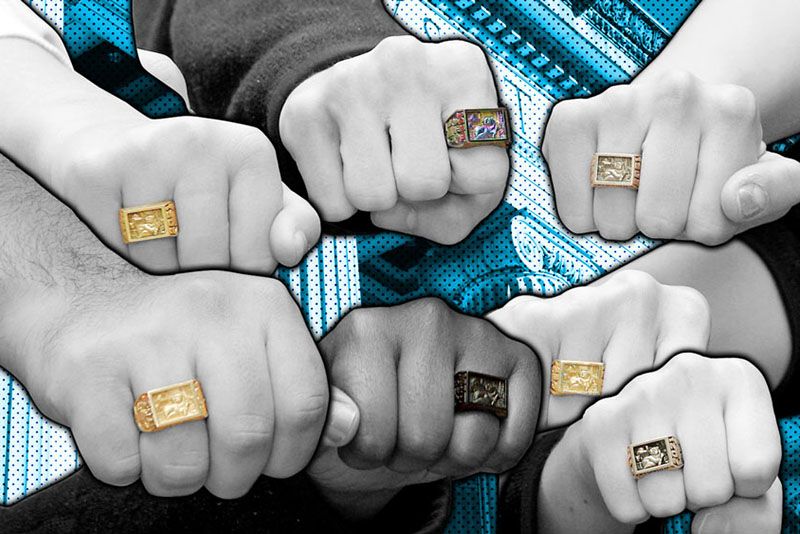

Over the years, MIT undergrad dormitories have developed a diverse range of cultures and traditions.

In addition, a portion of MIT undergraduate upperclassmen live in MIT Fraternities, Sororities, and Independent Living Groups (FSILGs), either on campus or nearby in Cambridge, Boston, or Brookline, Massachusetts. Eastgate and Westgate are designated for graduate student family housing, and all other dorms are reserved for single students. McCormick Hall is a women-only dorm all other dorms are coeducational. Some larger dorms have multiple Heads of House, each responsible for a section of the building, who consult together on building-wide issues. Many MIT undergraduate dorms are known for their distinctive student cultures and traditions.īoth undergraduate and graduate dorms have a resident Head of House, usually a member of the MIT faculty, living in a special apartment suite within the building. Undergraduate dorms are usually divided into suites or floors, and usually have Graduate Resident Assistants (GRA), graduate students living among the undergraduates who help support student morale and social activities. All undergraduate students are required to live in an MIT residence during their first year of study. Housing at the Massachusetts Institute of Technology (MIT) consists of eleven undergraduate dormitories and nine graduate dorms. Simmons Hall, a large undergraduate dorm designed by Steven Holl


 0 kommentar(er)
0 kommentar(er)
